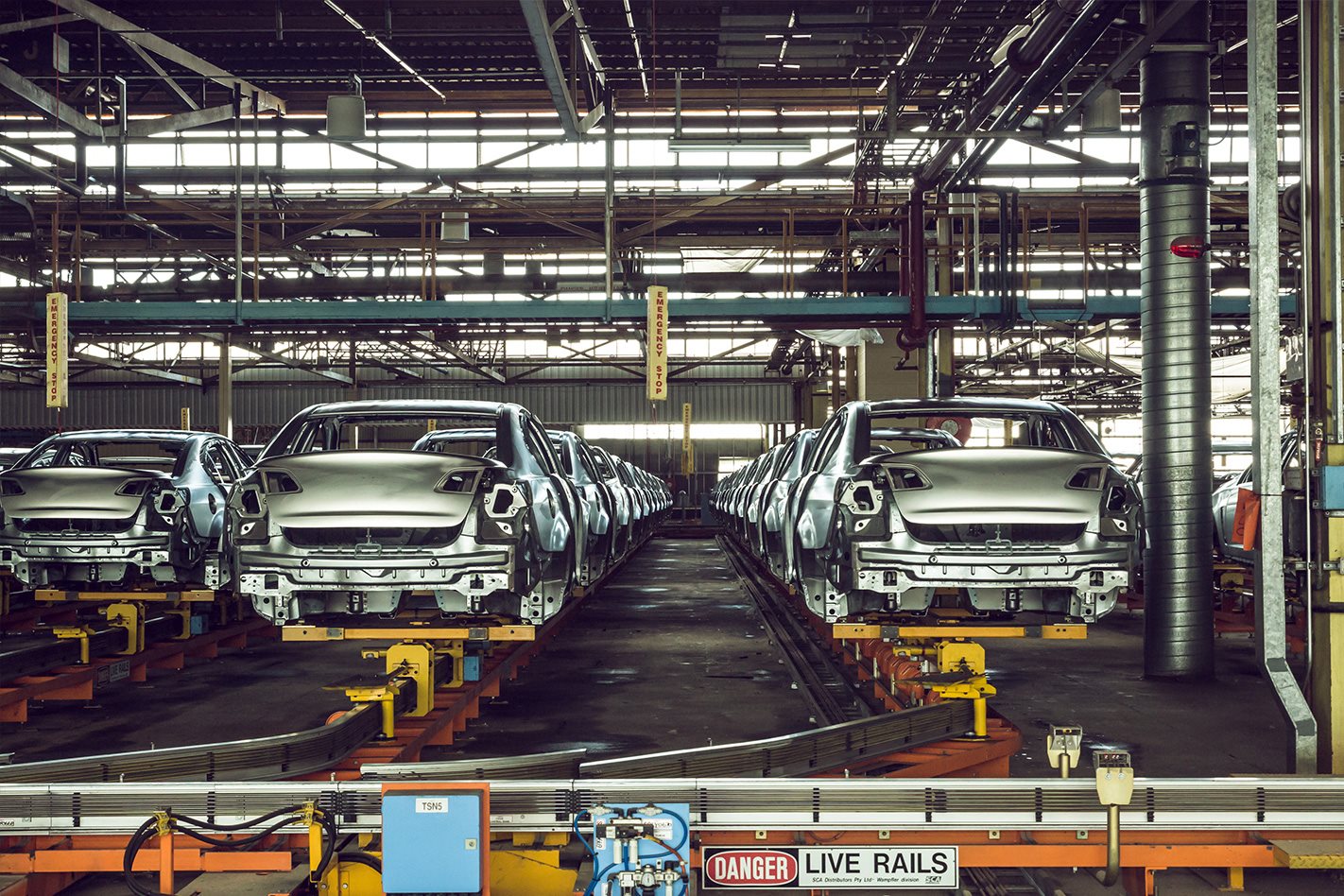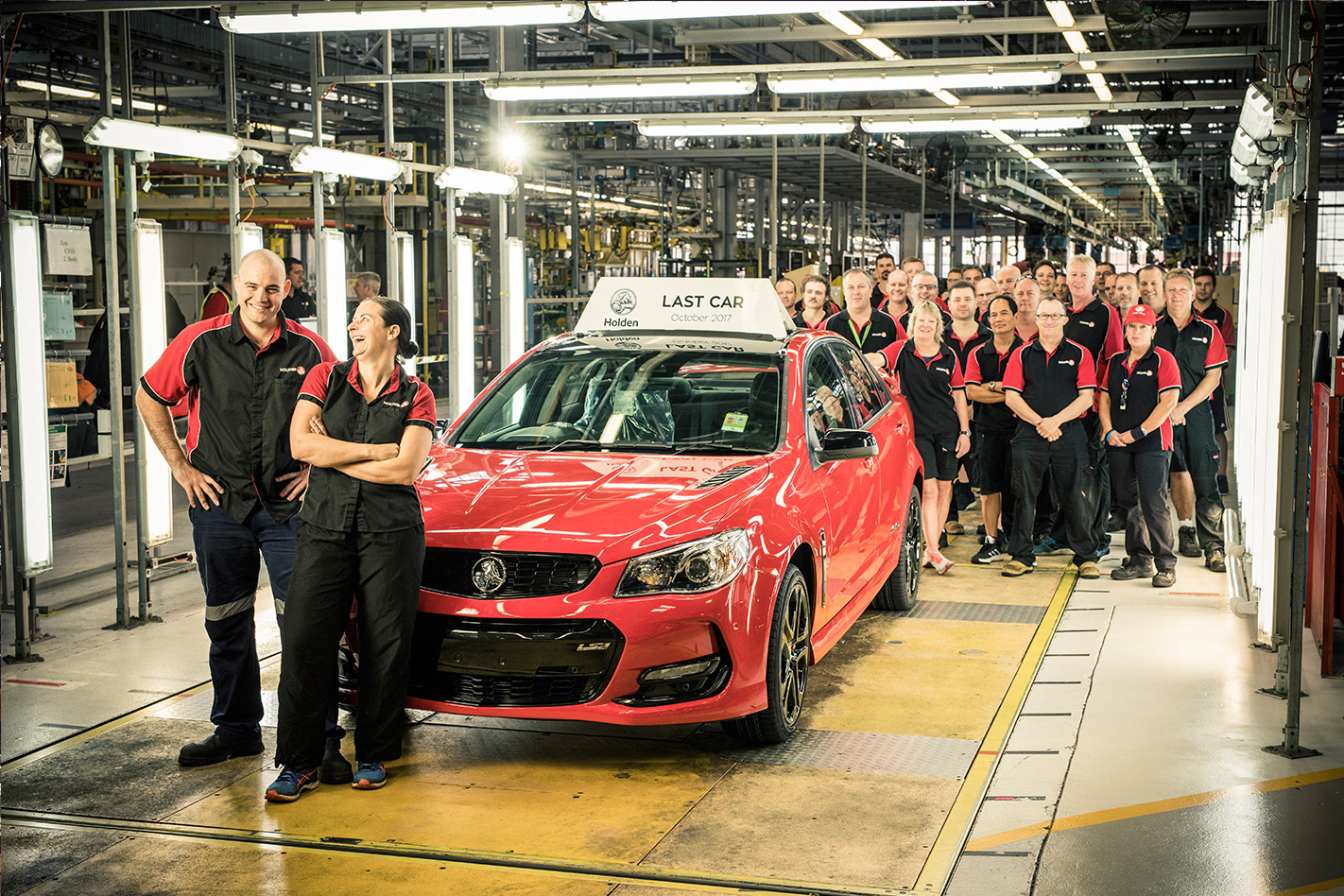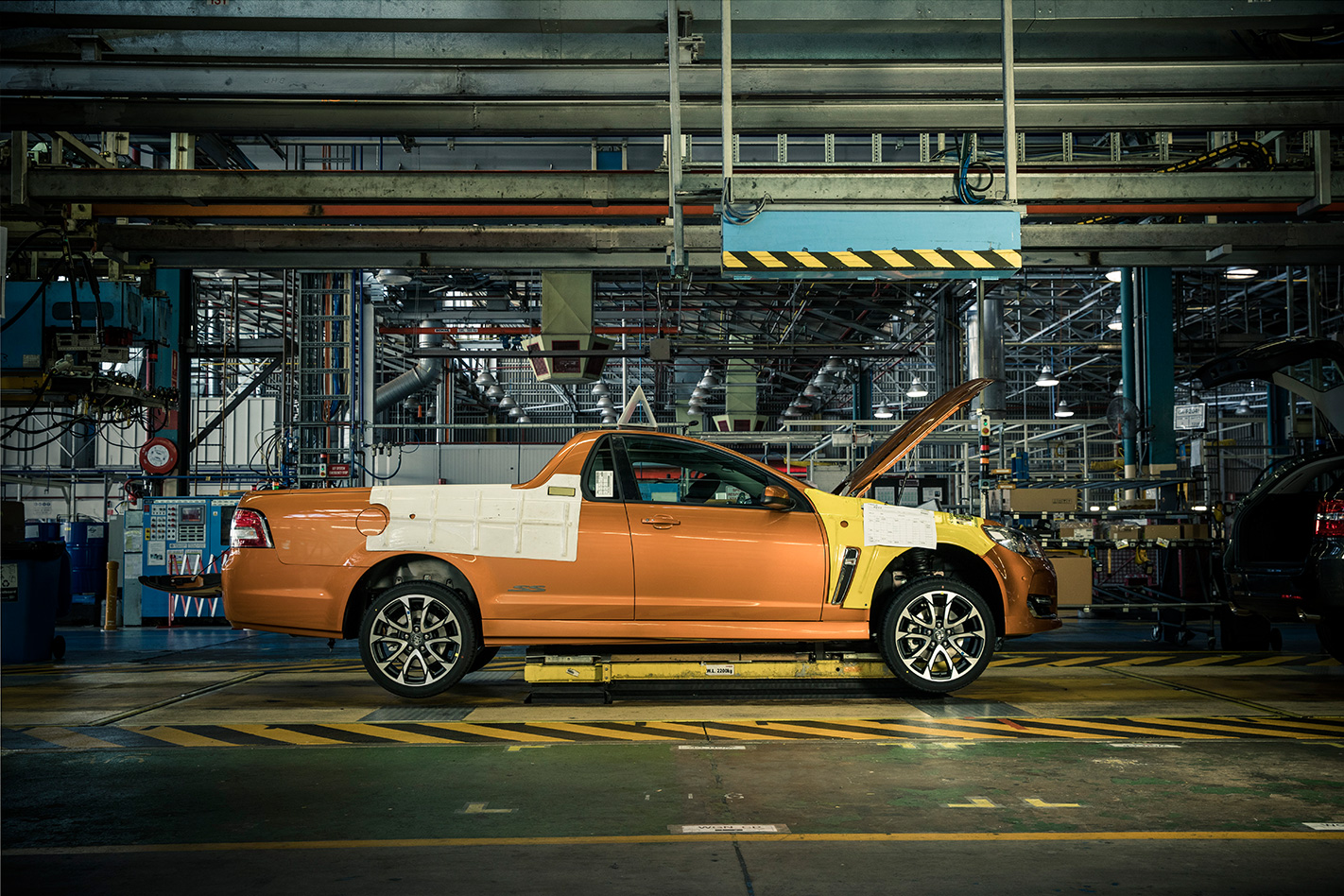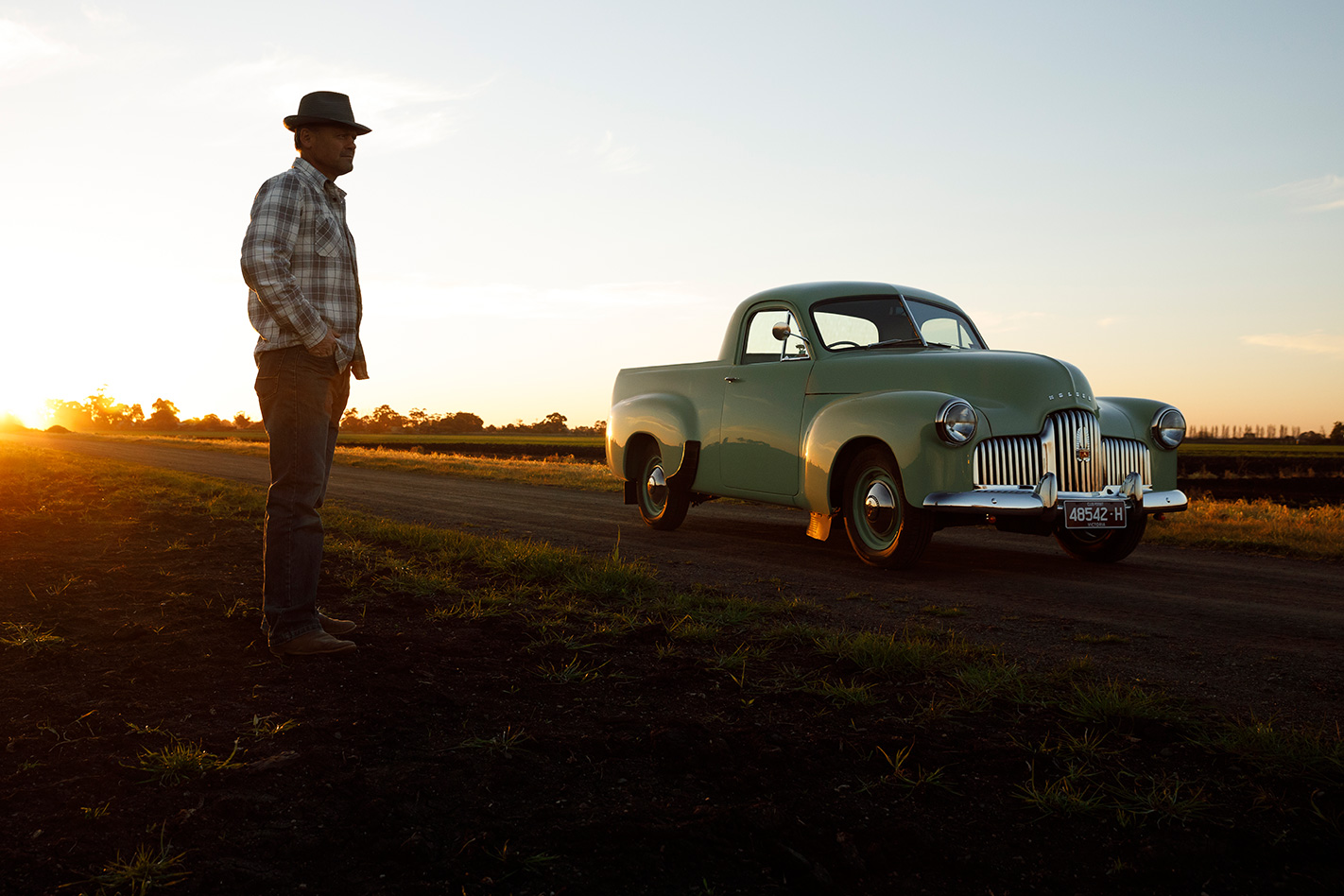
FOR 69 unbroken years, Australians have had a love affair with vehicles manufactured on their own shores.
October 20, 2017 will forever be remembered as the day it all came to an end, with Holden ceasing production at its Elizabeth Factory, in South Australia.
The General Motors subsidiary will be following in the footsteps of Toyota earlier this month, Ford last year, along with Mitsubishi, Nissan, and others before that.
It’s a sad day for patriots and car enthusiasts alike, but emotions aside there are genuine and reasonable questions the end of Australian motor vehicle production raises for anyone in the market for a new vehicle.
So, let’s dispel any myths and misconceptions.

Are Ford, Holden and Toyota leaving Australia?
No. While the trio have ceased production of vehicles in Australia, they will continue to have a strong dealer network across the country post October 20.
Toyota will remain the best-selling manufacturer, with the Camry imported alongside other big selling models such as Corolla, HiLux and RAV4.
Is the Commodore now dead?
While the VF will be the last Australian-built Commodore, the name will remain on Australian roads. Early next year the ZB Commodore will begin to be sold in Australia. The ZB is a European built and designed replacement, with four and six cylinder engines.

Will it make cars cheaper?
It’s unlikely the loss of vehicle production in Australia will lower the price of new cars. The government introduced tariffs and taxes such as the much maligned Luxury Car Tax to help protect the local car industry, and increase the cost of foreign-built vehicles. While levies and taxes may not have ultimately prevented the demise of manufacturing, they did bring in a new, healthy revenue stream for the government so it’s unlikely they’ll be abolished any time soon.
Should I avoid buying one of the last Aussie built Commodores or Camrys?
While Holden and Toyota will no longer build the cars in Australia, there is no reason to not buy one of the final cars off the production line.
Manufacturers are required to keep a large stockpile of spare parts, so, as with any discontinued model, if something does go wrong with your new purchase, there will be replacements available to fix any issue.

How will the showrooms change?
For Toyota, the showroom won’t see much of a change with the end of manufacturing. The next-generation Toyota Camry will be sold here when it arrives from Japan next year, with the only change being it will arrive on a boat, instead of rolling off the Altona production line.
Holden’s showrooms are due to undergo significant transition, with the loss of the Aussie Commodore also spelling the end of the Ute. Holden is committed to bringing in a fleet of new models as a part of its import-only future. Expect more SUVs, and the European-built Commodore, and a Chevrolet-badged Camaro sports cars.

Can I buy an Australian built car after October 20?
While Holden ceased production on October 20, the manufacturer’s stock will still be available, but finite. Securing a V8 Commodore is likely to be a challenge, as the final versions will be highly sought after by collectors.
Toyota will also have stock available of Aussie built Toyotas, but this will run out quickly as many will be snapped up by fleet buyers.
If they still exist, the number of Australian-built Ford Falcons and Territorys still for sale in showrooms is likely to be in the single digits 12 months since its Broadmeadows-plant closure.
Beyond those three, HSV in Clayton will still be assembling modified Holden vehicles. The last of the brand’s Commodore-based vehicles is expected to be built in December, while the company has committed to working on imported Holden products into the future.
Technically, it will be the last of the production vehicle manufacturers left in Australia, but the number of vehicles it produces pales compared to what once was.





